Top 15 Weirdest Animals in the World That Still Exist Today
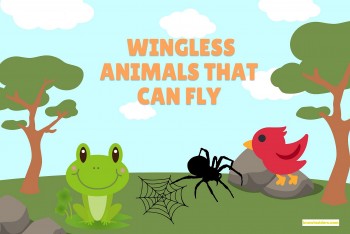 Top 10 Wingless Animals That Can Fly Like Birds Top 10 Wingless Animals That Can Fly Like Birds |
 Top 10 Strongest Animals in The World Top 10 Strongest Animals in The World |
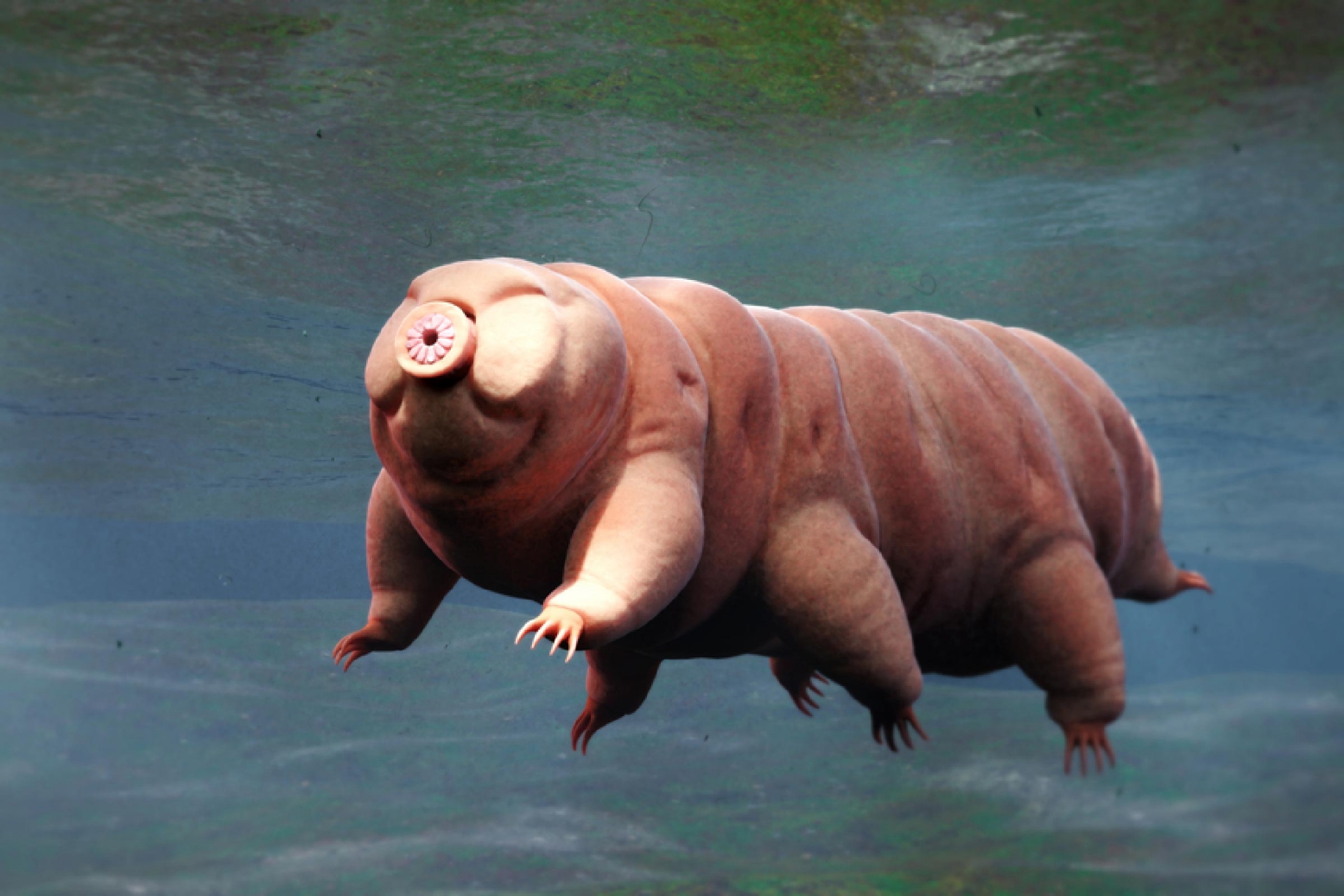 |
| Across the globe, you'll find unique animals that exhibit truly remarkable and bizarre features and behaviors. Photo: Dragon Adventures Wiki - Fandom |
| Contents |
What Are The Most Weirdest Animals in the World?
Scientists have estimated that there are 8.7 million animal species on Earth. Some of these are fierce (lions, sharks, tigers). Some are adorable (rabbits, deer, otters). And others are, well, really weird.
Across the globe, you'll find unique animals that exhibit truly remarkable and bizarre features and behaviors.
From a frog that shows off its organs to a goat that faints when scared, here are the top 15 unusual animals to add to your travel bucket list now.
1. Glowing sea turtle
A glowing sea turtle was discovered by divers in the Solomon Islands. Although it is known that some animals are bioluminescent, this is the first instance of a glowing reptile being seen in the wild. The hawksbill sea turtle's shell glowed both red and green, according to diver David Gruber, an associate professor of biology at Baruch College, but it's most likely that the red glow was caused by biofluorescent algae.
According to Gruber, who spoke to Live Science, "it could be a way for them to communicate, for them to see each other better, [or] to blend into the reefs," which are also biofluorescent. It gives the mainly blue world more visual texture.
2. Pangolin
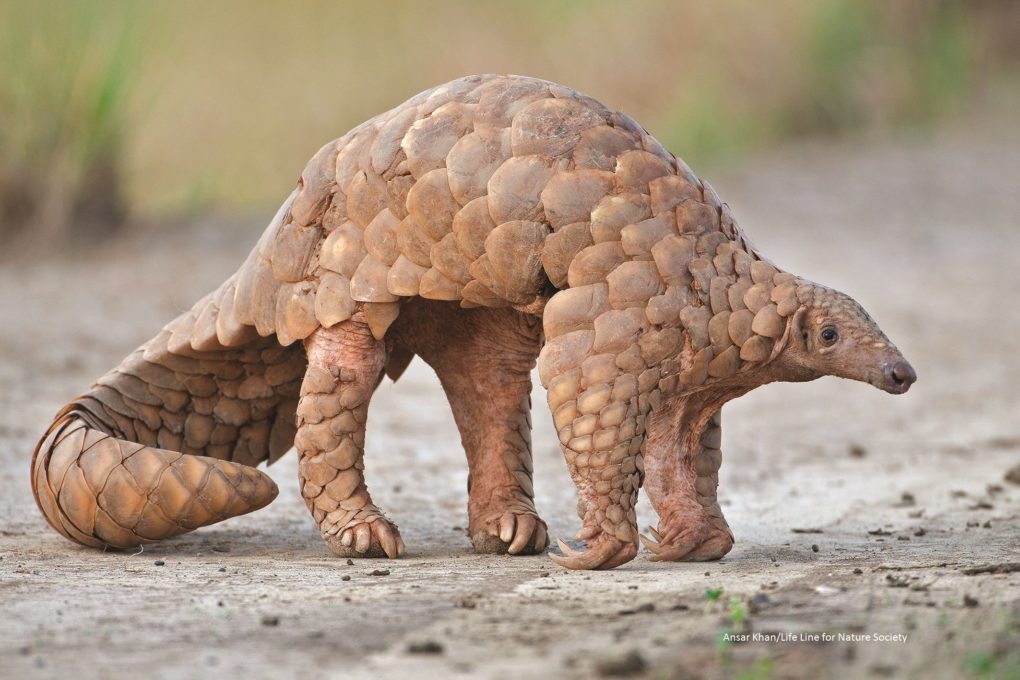 |
| Photo: The Third Pole |
The pangolin is an odd-looking mammal that can be found in various regions of Asia and Africa. If an anteater and an armadillo had a baby, it might resemble something like the pangolin. The only mammal known to have this adaptation is the pangolin, which has a long, specially designed tongue for consuming ants and termites and wears a protective keratin shell.
Sadly, because of its distinctive features and high demand for its meat and armor, it is also the most trafficked mammal in the world. Currently, the pangolin is classified as a threatened species.
3. Diane’s bare-hearted glass frog
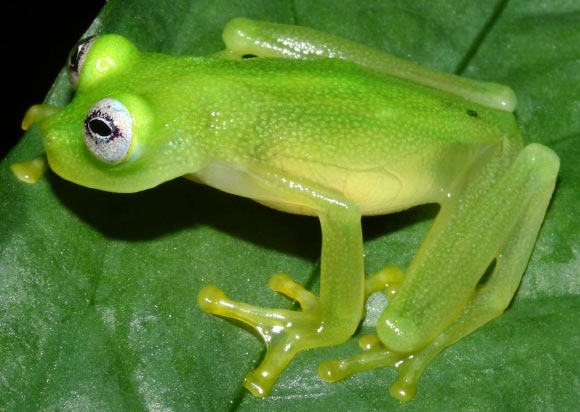 |
| A group of scientists led by Dr Brian Kubicki of Costa Rican Amphibian Research Center has described a new glassfrog species from the Caribbean foothills of Costa Rica. |
Do you think it's just us or does this frog resemble Kermit? Glass frogs come in a variety of species, but this particular one is a brand-new find and the first in Costa Rica since 1973. The coolest thing about this frog is that it is see-through, despite the fact that it is bright green and might catch your eye.
The internal organs of the amphibian can be seen in stunning detail thanks to the translucent underside, which is correct. These tiny jumpers are less than an inch long, so if you want to see one, keep an eye out.
New Glassfrog Species 2015 Costa Rican discovery: The newly discovered frog is a member of the amphibian genus Hyalinobatrachium in the Centrolenidae family. This family, which contains 149 species, is distributed throughout southern Mexico, Central America, the northern half of South America, the Atlantic Forest in southeast Brazil, and the very northeastern border of Argentina.
The Diane's bare-hearted glassfrog (Hyalinobatrachium dianae), a new species, is found in the 400–800 m-high tropical wet forests and premontane rainforests of Costa Rica's Caribbean foothills.
4. Axolotl - Mexican walking fish
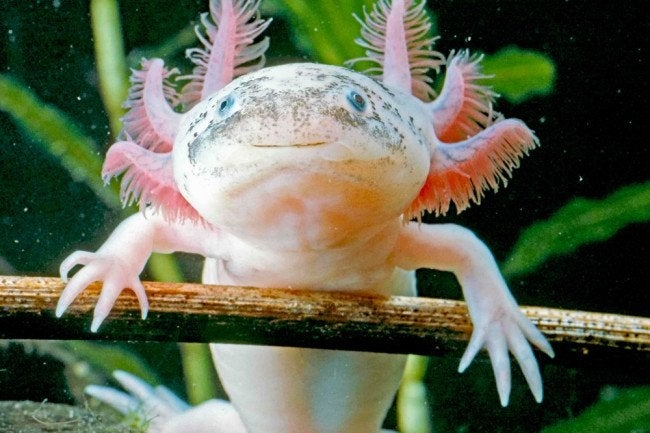 |
| The Axolotl, aka the Mexican Walking Fish |
Are we the only ones who think this fish resembles a Pokemon? Though it is currently listed as an endangered species, the axolotl is a small salamander that is present in a number of lakes near Mexico City. This amphibian has lidless eyes, can be black or albino, and can regrow lost limbs.
And now, an axolotl by the name of Frankie who resides in Mexico City's Chapultepec Zoo has demonstrated its capacity to regenerate lost body parts.
Axolotls, which can reach lengths of 15 to 45 cm (most adults, however, only reach 20 cm), have come to be seen as a representation of Mexico. Despite their diminutive size and amusing appearance, the creatures have proven to be of great interest to scientists due to their capacity for regeneration. Zamora, a veterinarian, claims that research into the axolotl's regenerative abilities could aid in developing treatments for human wounds like amputated limbs. Additionally, it might aid in the treatment of organ or liver damage.
5. Sunfish
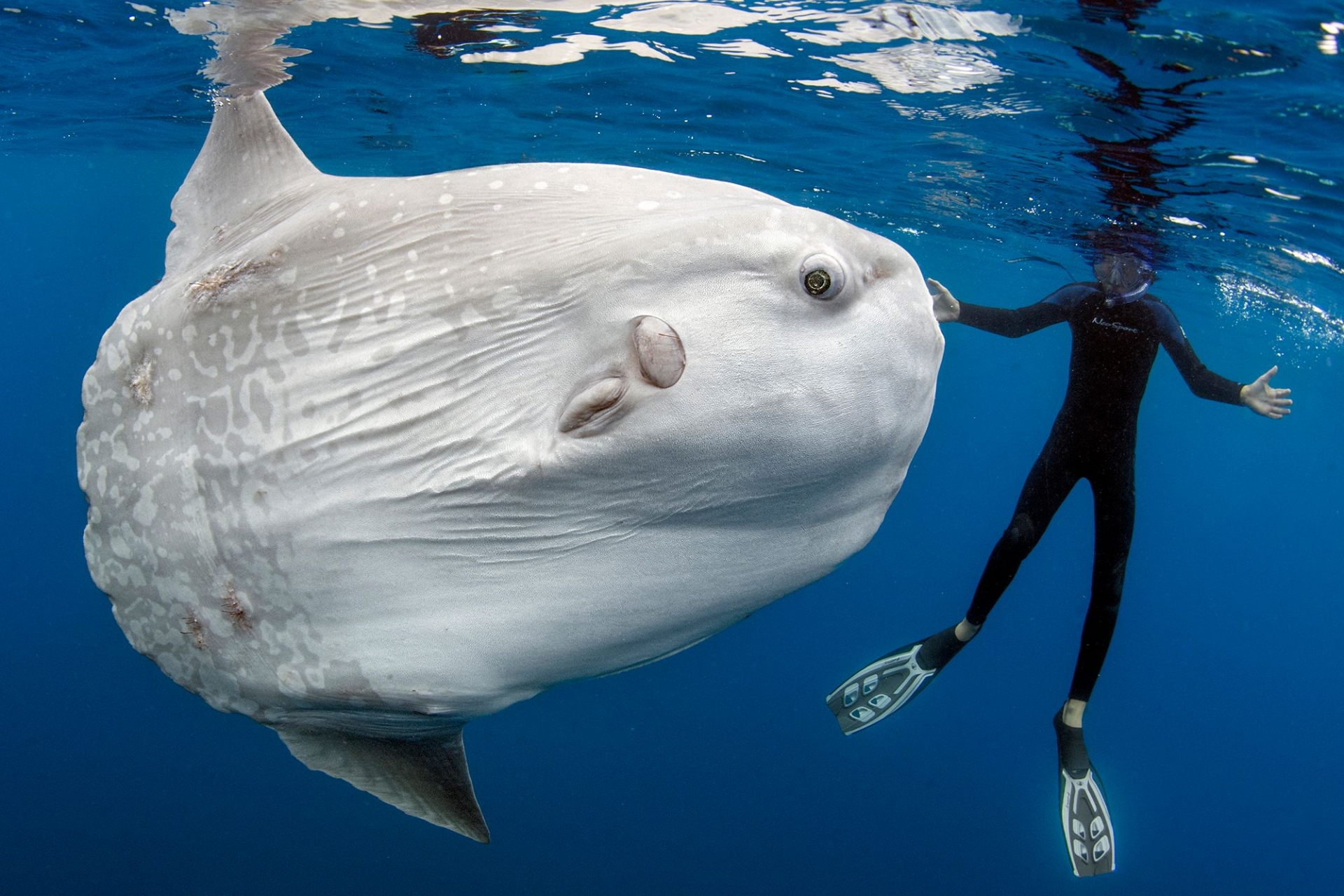 |
| Photo: New York Post |
The sunfish has the distinction of being the heaviest bony fish in the world — with an adult maxing out at 2 tons. This odd-looking creature (it kind of resembles Sloth from The Goonies) is found in temperate and tropical waters around the world and is considered a delicacy in places like Japan, Korea, and Taiwan.
 Top 10 Monster and Creatures of Greek Mythology Top 10 Monster and Creatures of Greek Mythology Greek Mythology has its own charms, and it is an infinite soure of inspiration for artists, poets and writers to explore. Here is the top ... |
6. Saiga antelope
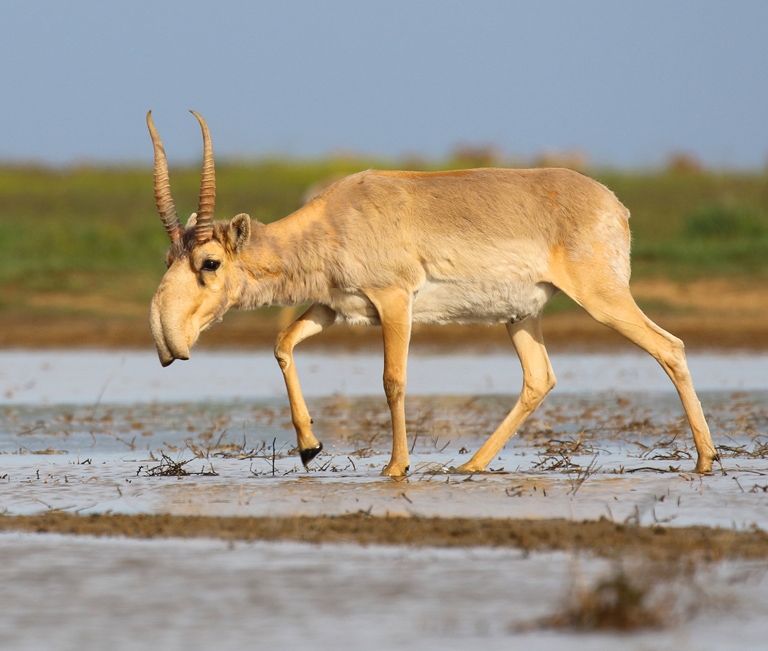 |
| Wild male saiga antelope (Saiga tatarica) visiting a waterhole at the Stepnoi Sanctuary, Astrakhan Oblast, Russia. Photo credit: Andrey Giljov |
The large and flexible nose of the Saiga antelope, which is found in Russia, Kazakhstan, and Uzbekistan, makes it simple to identify.
In actuality, its enormous schnoz aids in dust filtration and blood temperature regulation. More than 120,000 Saiga antelope were discovered dead in May 2015. Scientists think they were afflicted by a disease that the herd may have contracted during an alleged epizootic.
The semi-desert grasslands of Central Asia, which are among the last remaining wilderness areas in Eurasia, are home to the Saiga antelope, which has evolved to thrive in their harsh environment. These unusual antelopes, which have large, bulbous noses and lived in large, nomadic herds in the past, are now critically endangered because of a sharp decline in their population.
Saiga antelope Facts
The saiga’s nose has an unusual structure that is thought to filter out dust in the dry summers
The saiga can migrate over distances of up to 1,000 kilometres between summer and winter
Saiga herds once numbered in their millions, but the global population has declined rapidly to just thousands
7. Long-horned orb weaver spider
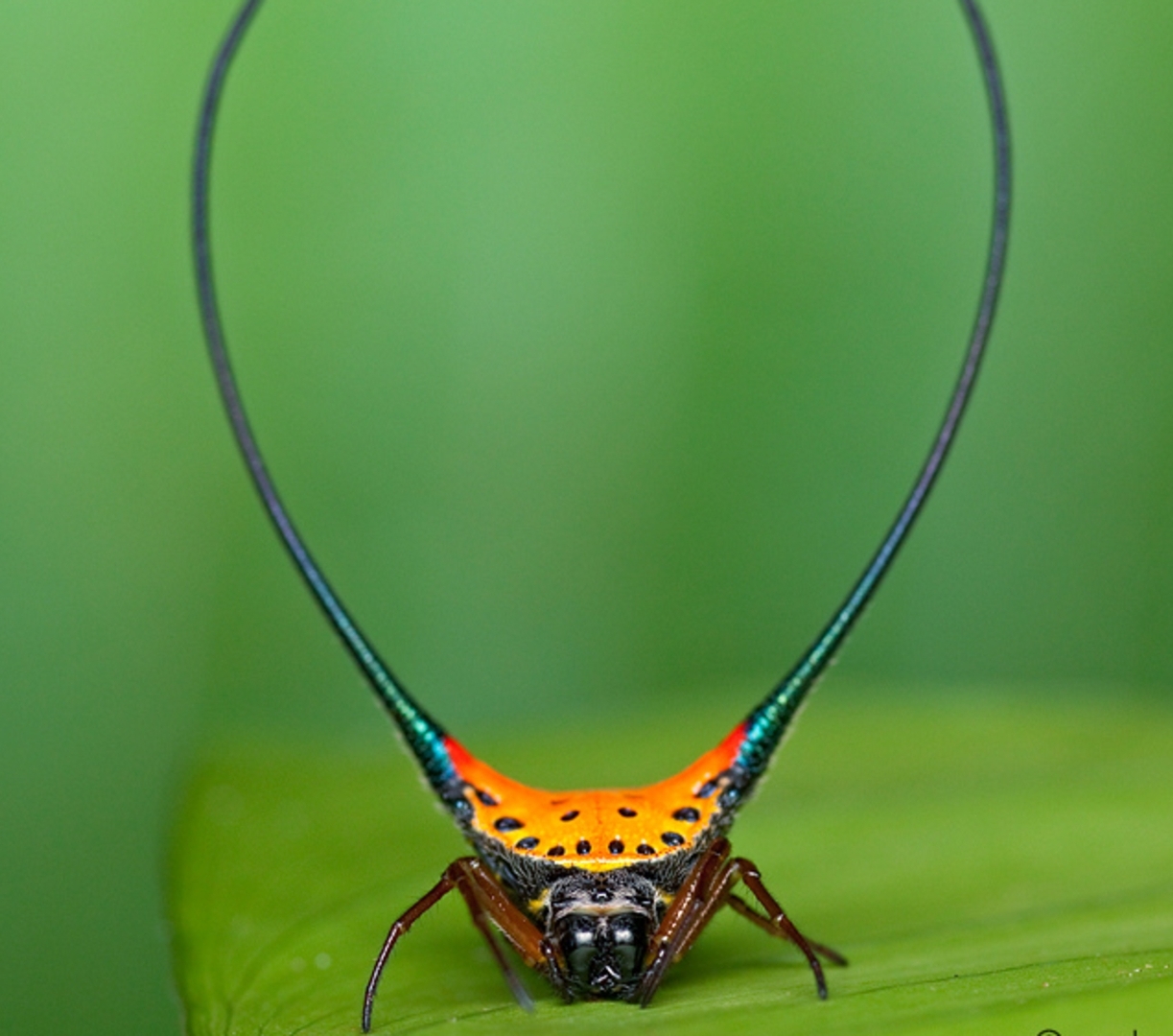 |
| Photo: Unique Facts And Information - blogger |
This is the type of creature that’s cool to see in photos but you never want to see in your home. The long-horned orb weaver spider has eight eyes and long, horn-looking spines protruding from its abdomen. This particular spider can be found in the forests and fields of Asia.
8. Gharial
This isn’t your run-of-the-mill crocodile. This skinny-snouted croc is called a gharial, and it can only be found swimming in the waterways of India. Its long nose is filled with 110 teeth, making it well adapted to catching fish. Scientists estimate that there are only 235 gharials in existence.
9. Red-lipped batfish
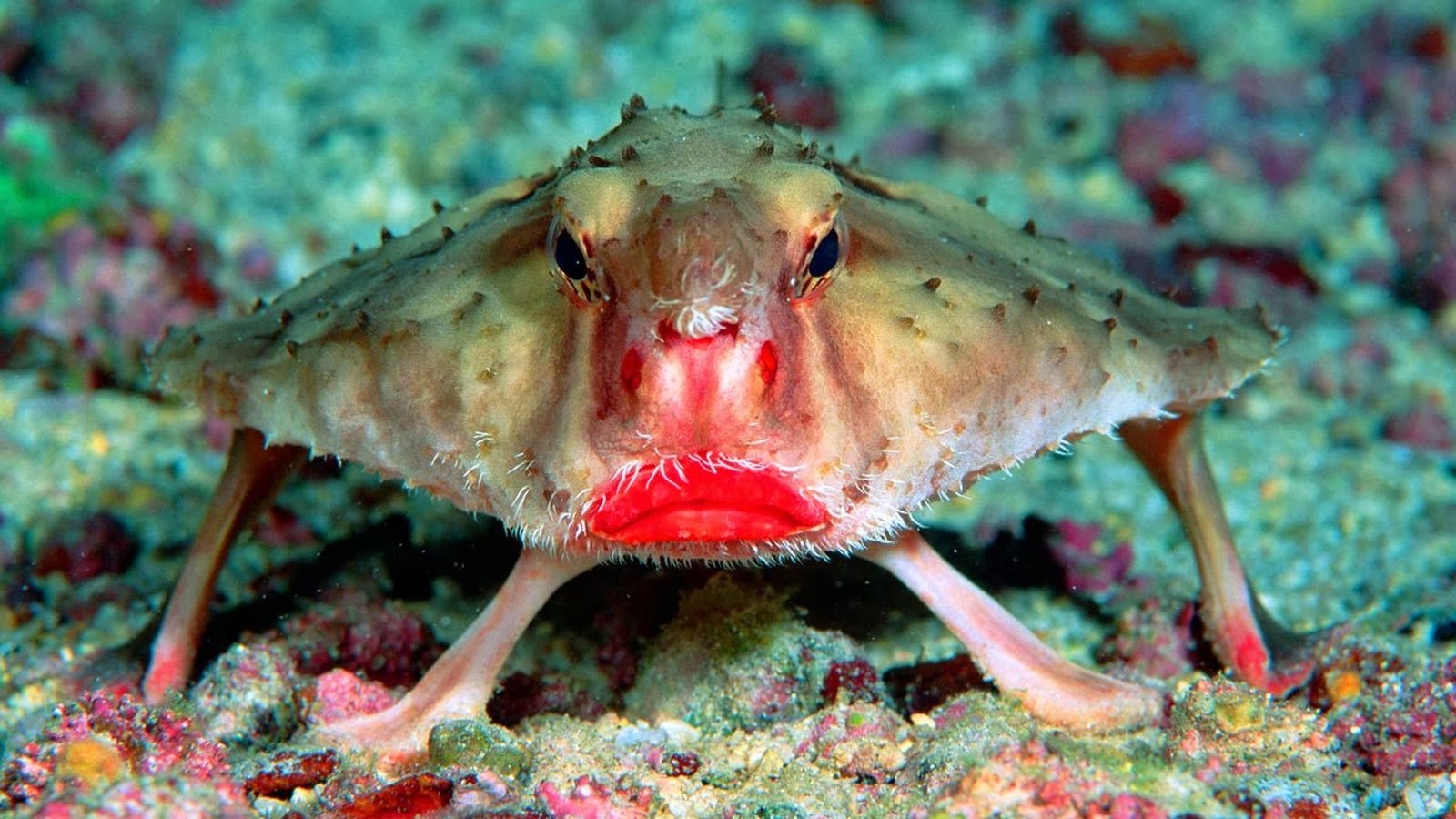 |
| Photo: The Verge |
You can’t put lipstick on a pig, but apparently, you can put it on a fish. The red-lipped batfish is found near the Galápagos Islands and looks like it’s wearing the color Dangerous from MAC makeup. In addition to its bright pucker, the fish has a horn and casually walks along the ocean floor instead of swimming.
10. Sparklemuffin
2015 saw the discovery of this Australian peacock spider in the woodlands of Wondul National Park, close to Brisbane. The sparklemuffin, formally known as maratus jactatus, got its popular name from University of California researcher Madeline Girard, who found the species. These vibrant spiders are only five millimeters long and perform a distinctive mating dance in which the males raise one leg to attract the females.
 Amazing Facts About Black-Mained Lion Amazing Facts About Black-Mained Lion There are strong, huge and wonderful predators in the wild, and black-maned lions are one of them. They have been considered extremely beautiful and attractive ... |
11. Jabiru stork
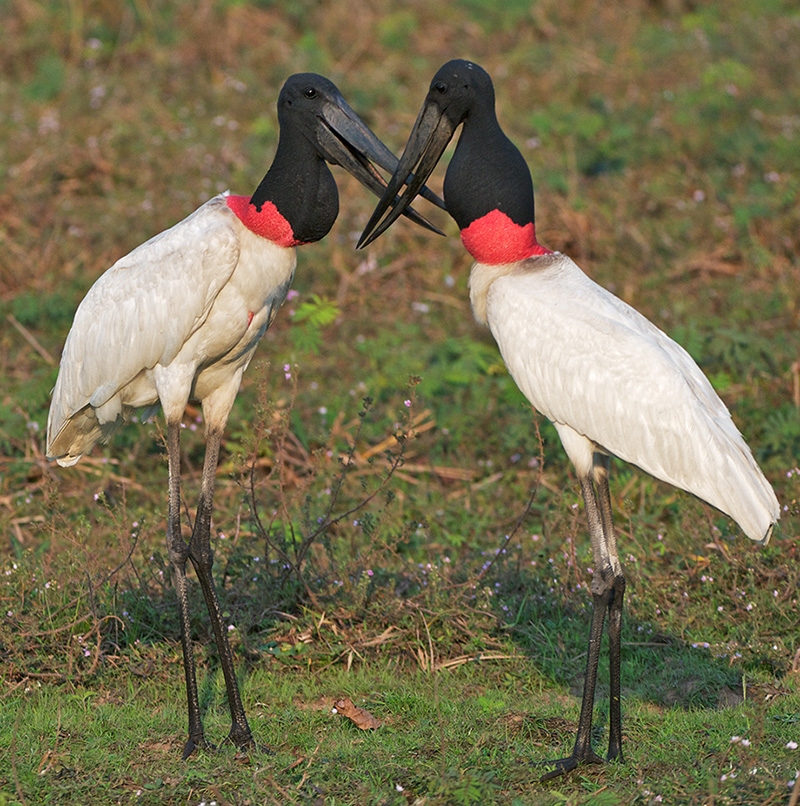 |
| Photo: Sean Crane Photography |
A weary traveler might find the five-foot-tall stork's glaring, menacing gaze frightening. These fascinating birds have a tendency to be territorial, as was evident in a well-known incident that happened at the Belize Zoo.
After a jabiru stork once tried to stab unwary visitors with its 14-inch-long bill, the stork exhibit now has a roof above the visitor viewing platform. Native to Central and South America, jabiru storks prey primarily on small mammals, fish, and amphibians.
12. Alligator gar
This terrifying fish, which dates back about 100 million years and can reach lengths of more than eight feet, is a fossil from the time of the dinosaurs. Rows of sharp teeth are housed in their reptile-like snouts, and a modification allows this fish to actually breathe air. Alligator gar are docile animals that peacefully swim in freshwater rivers and lakes from the Rio Grande to the Missouri River, despite their intimidating size and arsenal of weapons.
13. Harpy eagle
With a look that suggests a cross between a cockatoo and a bird of prey, the harpy eagle is one of the most distinctive birds on the planet. Their wings can span over seven feet in width, carrying these 20-plus pound birds over the rainforests of Central and South America, where they hunt down large mammals like sloths and monkeys.
Harpy eagles are threatened by habitat loss, but this bird can be seen at The Belize Zoo, a sanctuary for native species about an hour outside of Belize City.
14. Naked mole rat
 |
| Photo: Smithsonian's National Zoo |
In the dry grasslands of Ethiopia, Somalia, and Kenya, where they burrow, naked mole rats are a common sight. Due to a number of peculiar biological characteristics, the naked mole rat has confounded scientists for many years. For rodents, naked mole rats have an incredibly long lifespan; some have been recorded living to be 32 years old. They can also survive for extended periods of time in an environment with very little oxygen and are resistant to cancer. They are frequently seen in zoos all over America.
15. Tasmanian devil
The largest carnivorous marsupial in the world is the Tasmanian devil. Devils are nocturnal animals that resemble small dogs but are actually more closely related to wallabies than dogs. They carry their young in pouches. Populations of Tasmanian devils have drastically decreased recently as a result of a naturally occurring cancer called Devil Facial Tumor Disease. Caretakers say that the animals are adapting to fight back at the Tasmanian Devil Unzoo, a wildlife sanctuary devoted to rehabilitating devils and researching the illness.
Conclusion
Despite the fact that almost everyone in the world loves animals, humans remain their greatest threat to their survival. Each and every one of the animals on this list is not only rare but also "just" or "critically" endangered. Due to habitat loss, hunting, or unintentional human-caused deaths, these rare animals have a low population.
While some of these animals have been successfully bred by conservationists, others haven't been as fortunate and are in danger of going extinct entirely. The information on this list, along with increased awareness, should help some of these endangered species recover in the future.
|
It is wonderful to spend time eating dinner at a luxurious restaurant; however, sometimes, experiencing odddities is a good way to get your eyes open ... |
|
Tuna eyeballs is one of the world's most bizarre food that you should try at least once when visiting Japan. This article figures out some ... |
|
Have you heard about Casu Marzu - a well-known food in Italy? Do you know it is considered as one of the weirdest drinks in ... |





























